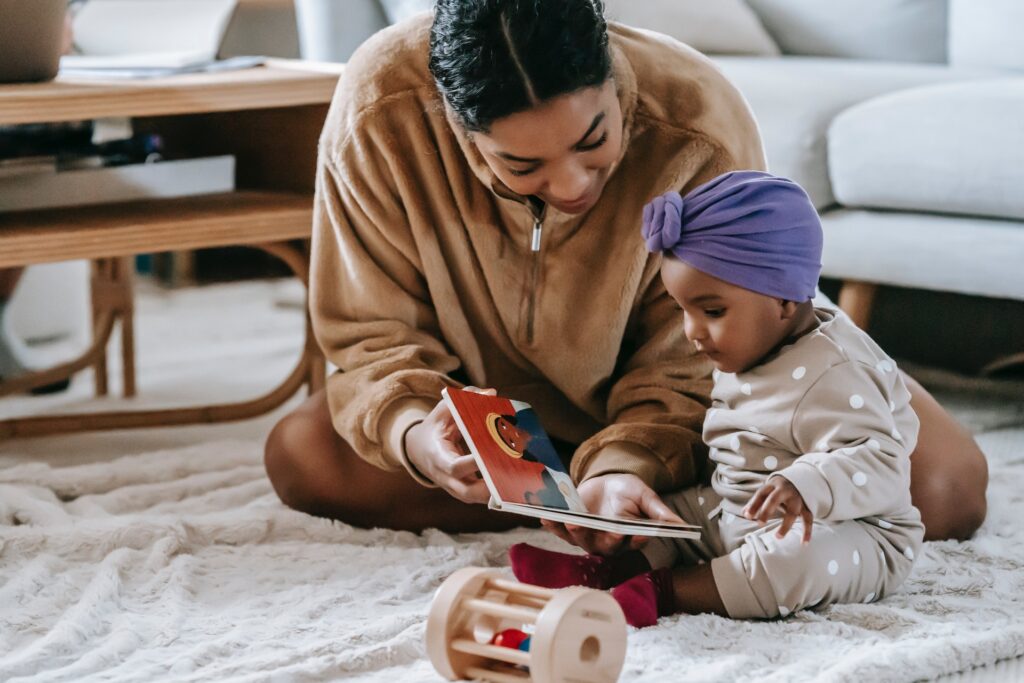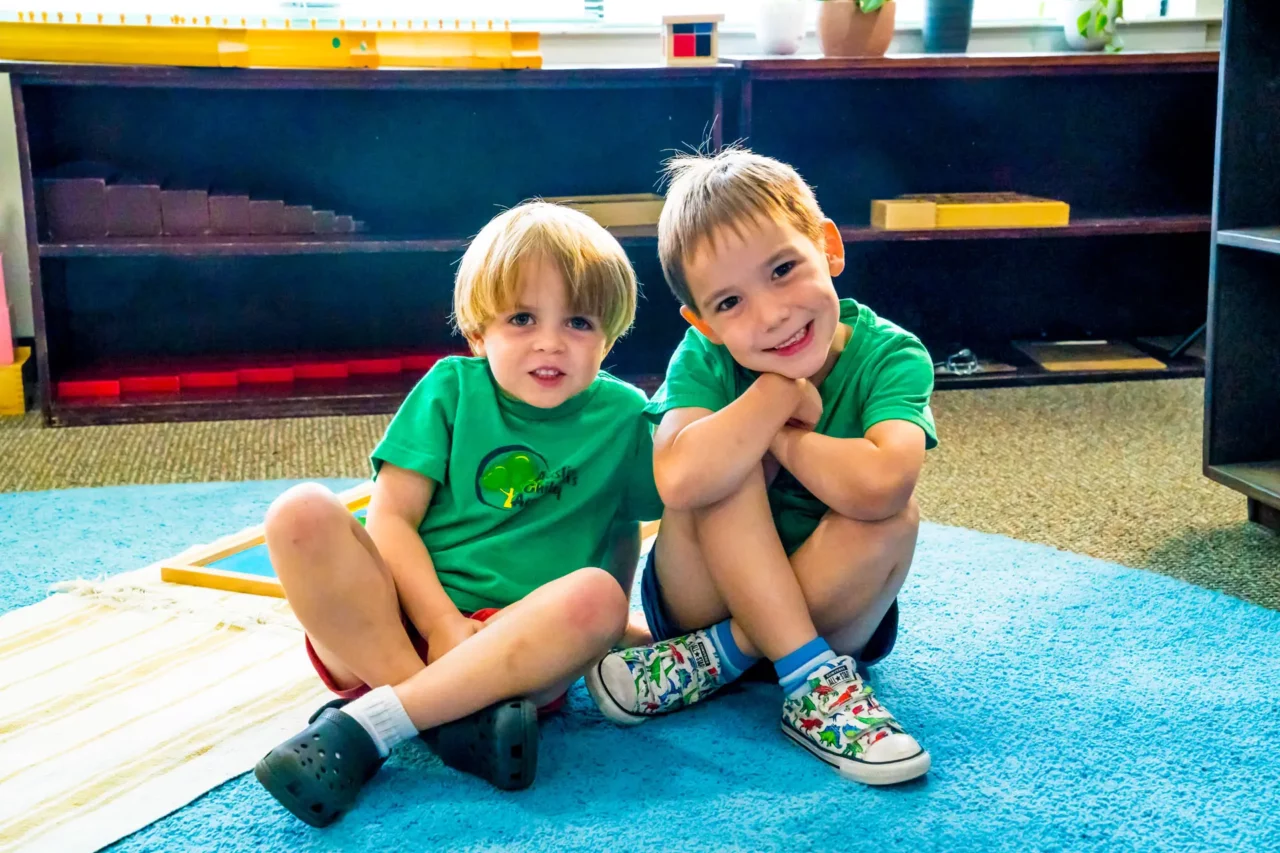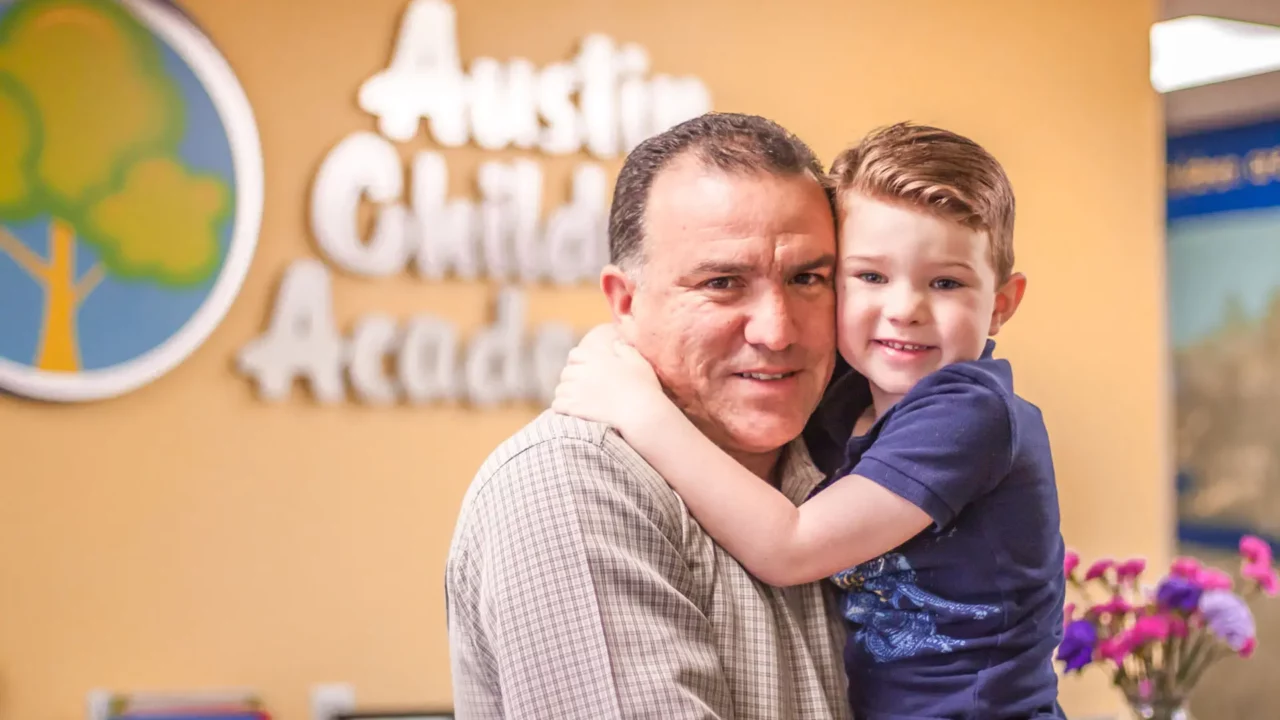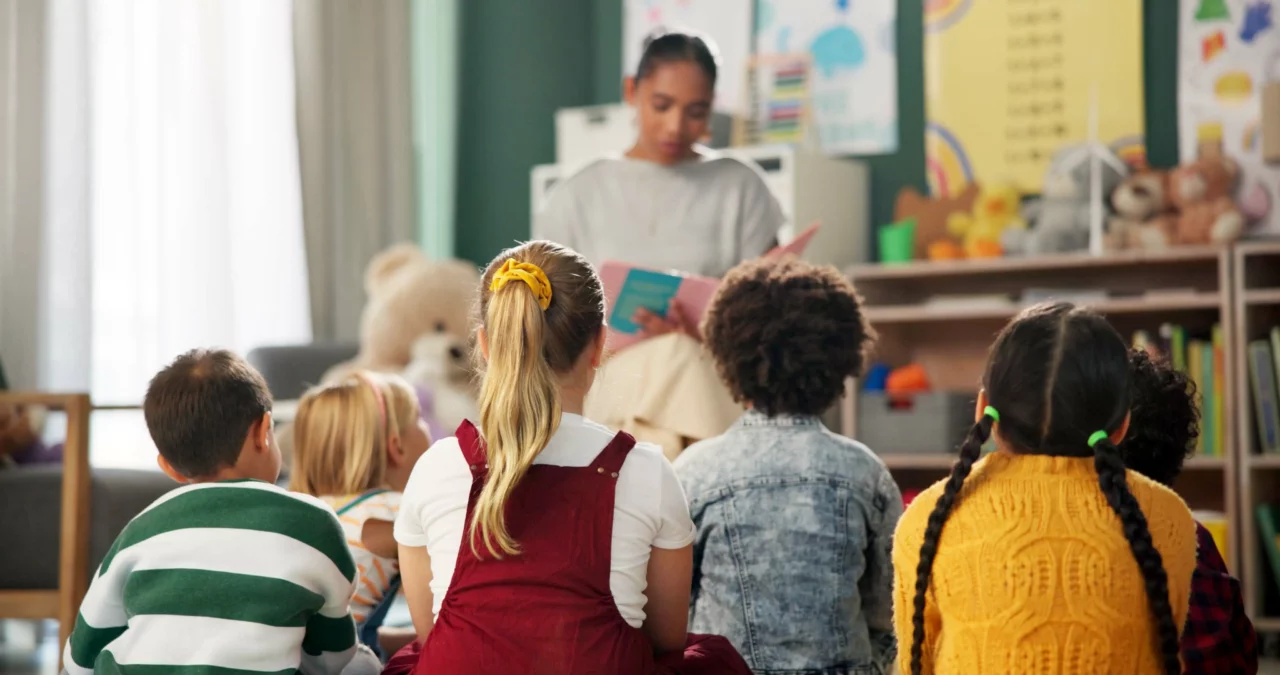
In a Montessori classroom, it’s important for infants to have the freedom to explore, learn, and discover at their own pace. Ideally, the setting should be comfortable and calm—almost acting as a second home for the child, being that it’s a place where they will spend a good amount of time each day.
This article will detail five of the most important things that should be found in an infant classroom. These tools should be included so that every infant can get the most out of their experience in the classroom in a way that makes sense to both the caregiver and the child themselves.

Let’s dive into the five things that every infant classroom must have.
1. Activities that encourage communication
Communication makes a huge impact on how a child grows. How caregivers speak to the child affects not only their mood throughout the day, but their entire experience at school. Even though infants cannot yet answer back, it’s important to talk to them as if they could hold a conversation—because they understand many things from a very young age.
Communication in an infant classroom is centered around explaining what you’re doing as you go through the motions, letting a child know what you’re going to do before you do it, using detailed language, and respecting their attempts to communicate back (when they use sounds and gestures). Repeating the sounds that they make and mimicking their gestures lets them know that you understand that they’re communicating with you.
Books are also a great way to encourage communication—no classroom is complete without a solid stash of books that range from simple black and white books to lift-the-flap kinds for slightly older infants.
2. Natural materials—both made from the earth and natural for the child
Montessori teachings are centered around the natural aspects of the world. Having natural materials in the classroom means stocking things that are made of natural materials—like wood, rubber, paper, and varying fabrics, as these things are safe for infants to touch and feel with their hands and their mouth. This is how they explore new things!
Natural materials also means using things that are natural for your child, and understanding what’s natural for them involves observation. You’ll know what to offer them by spending time watching what they gravitate toward. If they seem interested in something—like a bracelet, for example—you might place things in the classroom that focus on the grasping skill. This gives them a chance to fine-tune this skill in a way that’s safe for them.
3. Encouragement for moving
Children spend a lot of time constrained, so in the classroom they should be free to move. This allows them to explore their bodies by stretching, wriggling, and eventually crawling.
In order for the child to move as freely as possible, it’s important for parents to keep their child’s clothing simple. No infant wants to be held back by irritating clothing; even socks should be worn as little as possible so infants can grip with their toes and learn balance.
As time passes and the infants move throughout the room, you can add new materials for them to get used to and discover; new things act as brand new challenges.
4. A child-sized environment
Children spend most of their time in an adult-sized world where almost nothing is easily attainable. That should not be the case in the classroom. Objects should be set out on shelves at their level so they have control over what they use and when they use it.
This also includes using child-sized furniture. As infants start crawling or walking, balancing on this furniture is easier when it’s the right size for them.
Small physical challenges are okay, like placing an object just out of reach so an infant learns to reach for it—as long as the child is safe!
5. A secure, soothing space
Over anything, an infant classroom should be a warm and secure place. Babies are easily overwhelmed, so it’s smart to make sure the lights aren’t too bright, the room isn’t cluttered, and the space doesn’t get too loud.
To make the room more organized, you can designate specific areas of the room for different things. For example, set aside a certain area for sleeping, one for playing, another for eating, and so forth.
Personal touches are great to make the space feel more like home for the infants. Encourage parents to bring in photos from home so the child can see a familiar face throughout the day.
Your Infant Classroom
The main goal of an infant classroom is to make sure that the infants are taken care of in an area where they can figure out the world in a way that makes sense for their age. If you have questions about the infant stage of Montessori or would like to schedule a virtual tour, contact us today!






